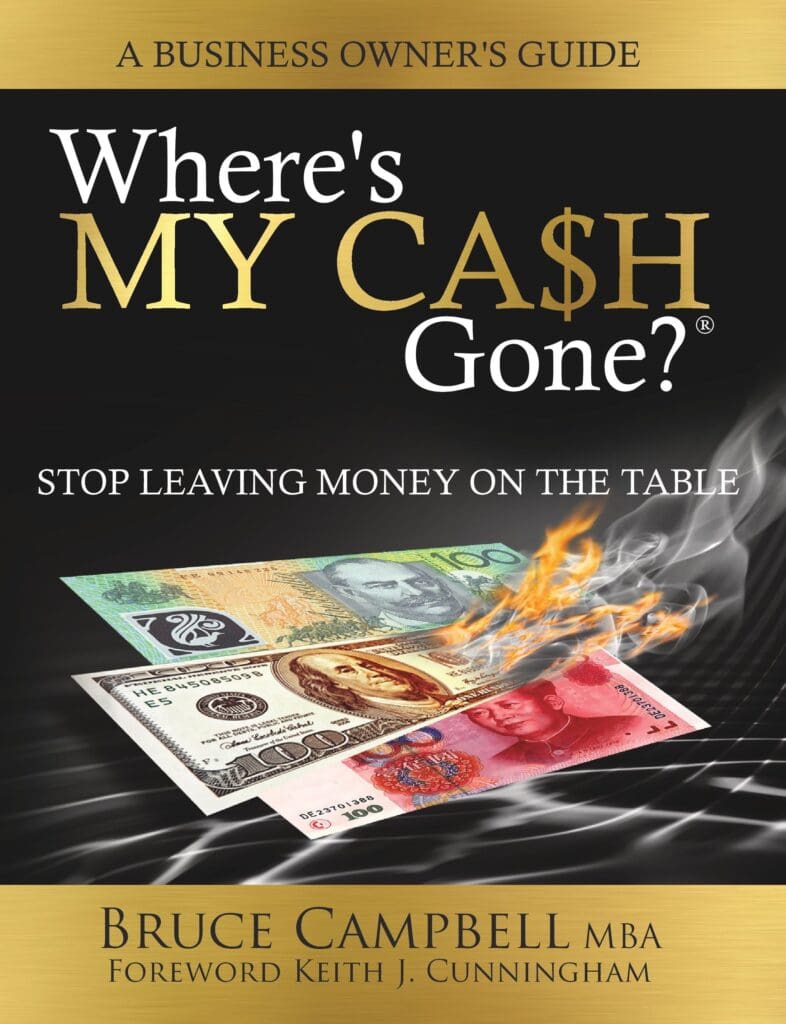How the 10×10 Strategy Can Future-Proof Your Lead Flow
Let’s talk about one of the most critical drivers of business growth: marketing.
Every business, no matter its size or stage, hits a point where it must ask:
How do we generate more quality leads?
How do we keep growing without relying too heavily on one tactic?
Enter the 10×10 Marketing Strategy—a powerful framework that challenges the way most business owners think about lead generation.
What Is the 10×10 Marketing Theory?
This concept is simple in theory, yet transformational in practice:
📌 Imagine having 10 different marketing strategies,
📌 Each one responsible for bringing in 10% of your total required leads.
Now, has anyone ever executed this model perfectly, with 10 neatly balanced strategies? Probably not.
But that’s not the point.
The real power of this theory lies in how it gets you thinking:
👉 How diversified is your current lead flow?
👉 What happens if one of your core marketing channels fails?
The Hidden Risk in Doing Less 🚨
Let’s say you only have two marketing strategies. That’s a 2×50 model—each responsible for half your lead flow.
If one of them falters, your business instantly loses 50% of its pipeline. That’s a huge risk!
The fewer marketing channels you have, the higher the concentration risk. That’s why diversification isn’t just about volume—it’s about resilience.
Real-World Example: Scaling Through Strategy
One of the most compelling examples of this comes from a personal training business coached by our team.
Originally, it was a premium 1-on-1 PT model: 45-minute sessions, protein drinks, massages—the works. It was high-quality, but hard to scale. So they innovated.
✅ Moved to 2-on-1 sessions to double capacity.
✅ Reached limits again.
✅ Then came the breakthrough: digital PT courses.
They recorded sessions, promoted them on Facebook, and started selling courses online.
📈 Cost to acquire a sale = $30
💰 Revenue per sale = $60
A simple, profitable model. So profitable that last year, they spent over $2 million on Facebook ads alone.
But here’s the catch: they rely on just one platform—Facebook.
So if Facebook changes its algorithm (as it often does), their entire lead flow is affected.
This is what we call a 1×100 strategy. High performance, high risk.
So… How Diversified Are You?
Here are three questions to help you reflect:
-
How many inquiries do you need to reach your revenue goals?
-
How many active marketing strategies are feeding those inquiries?
-
Are you tracking what works?
Are you asking: How did you hear about us? Are you measuring and refining based on results?
Your Next Move
You don’t necessarily need 10 strategies, but you do need enough to create strength, resilience, and flexibility in your marketing approach.
Some strategies to consider might include:
-
Paid ads (Google, Meta, LinkedIn)
-
Referral systems
-
Organic SEO content
-
Strategic partnerships
-
Events or webinars
-
Email marketing
-
Influencer or affiliate collaborations
-
Cold outreach
-
PR or media features
-
Community-based campaigns
The goal? Spread the load, test consistently, and track everything.
Final Thought
In a world where digital platforms, algorithms, and customer preferences are constantly shifting, your ability to diversify your marketing will directly impact your ability to scale.
Start simple. Build strategically.
And remember—the more diversified your lead generation, the more stable your business becomes.


